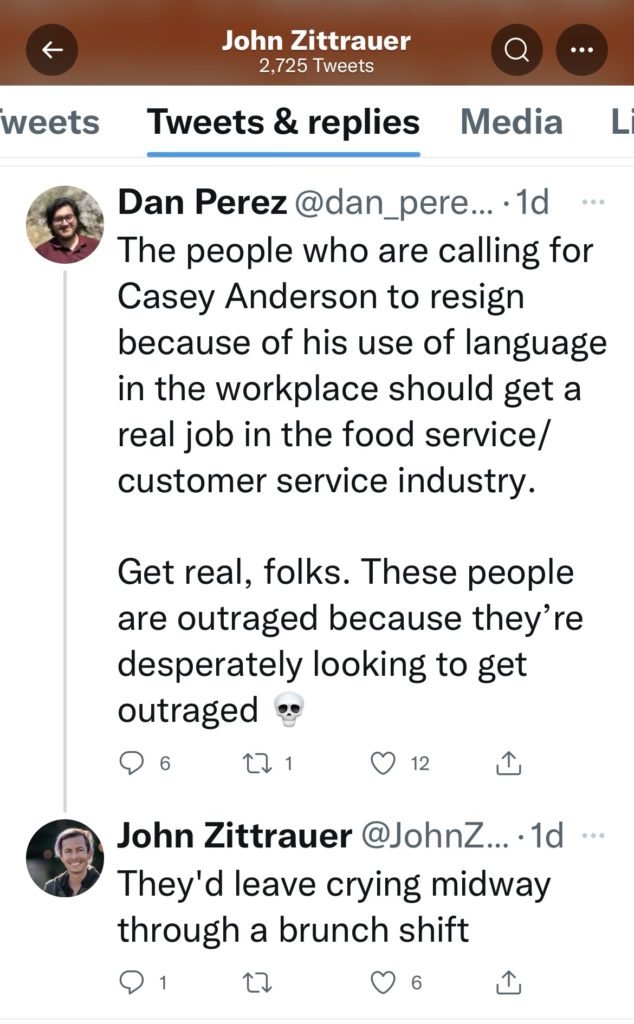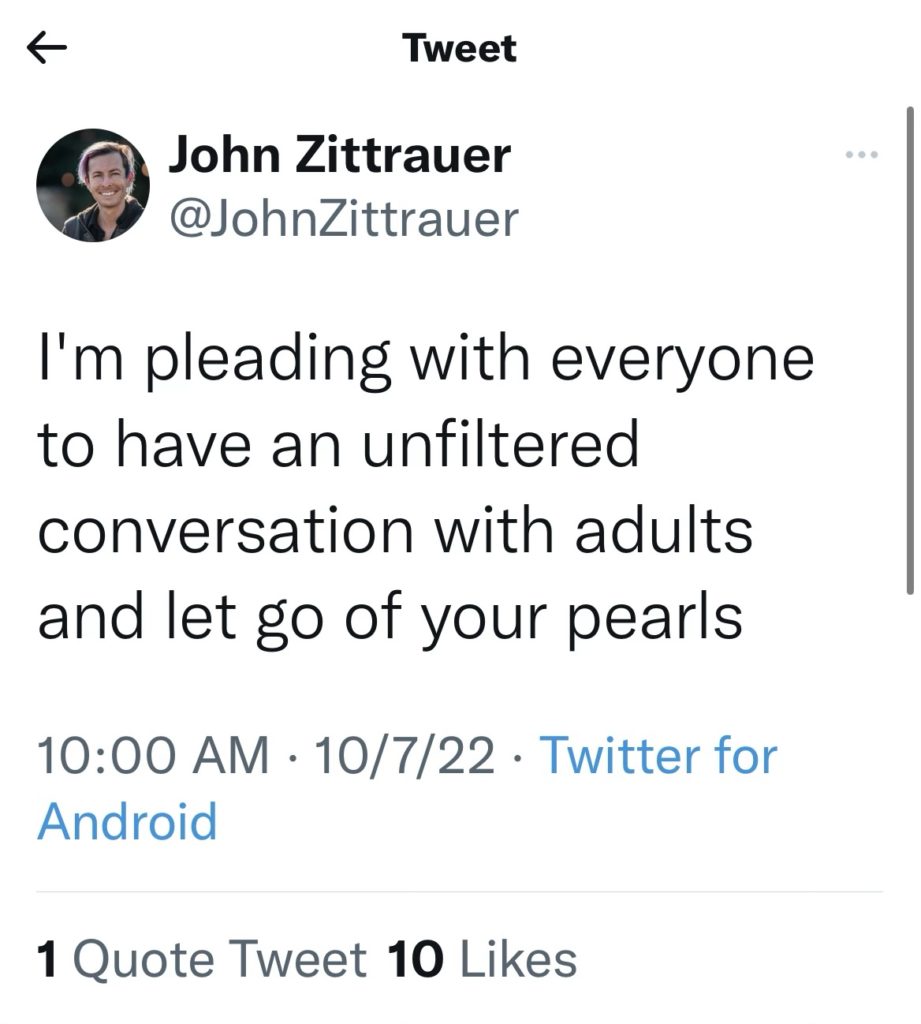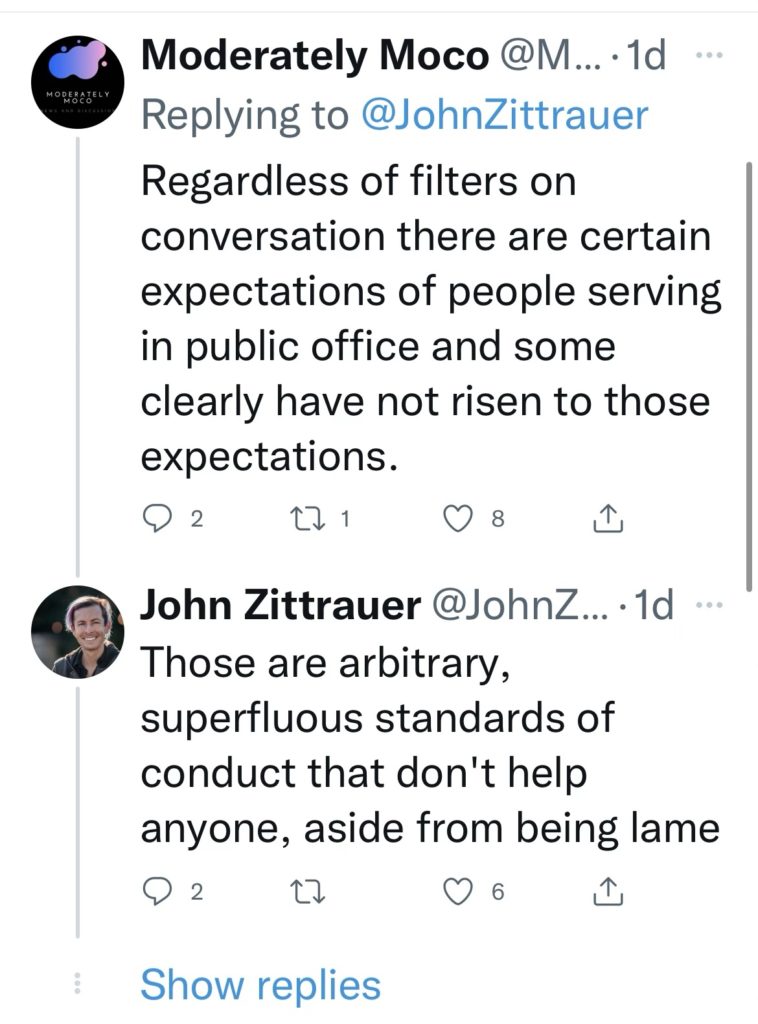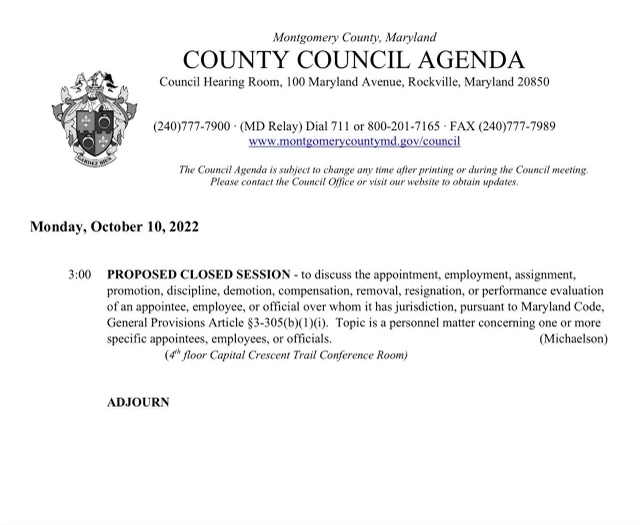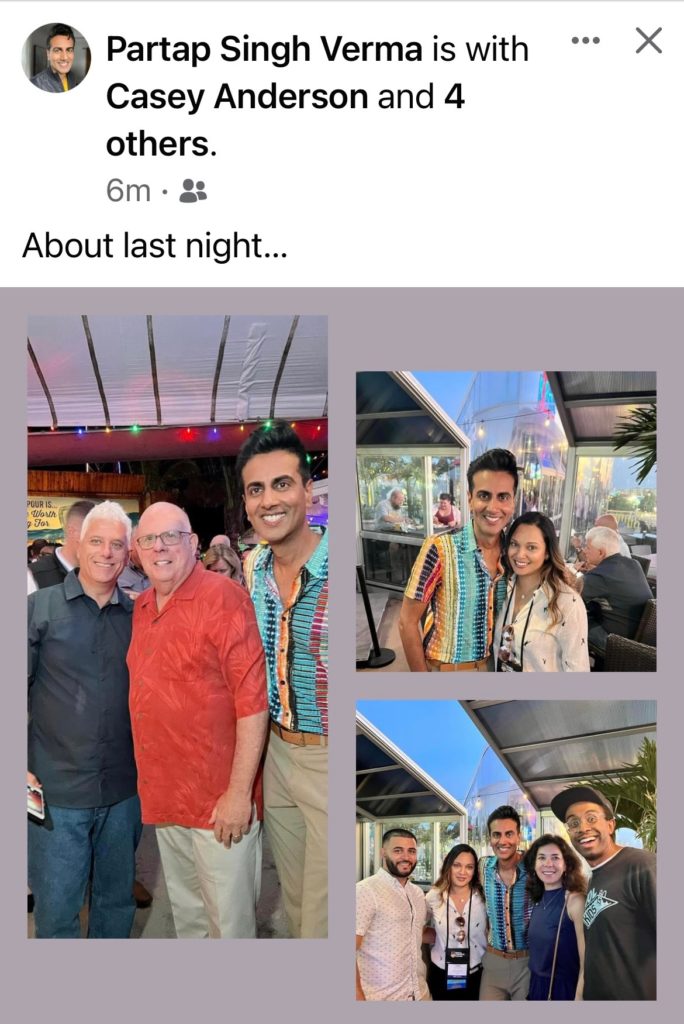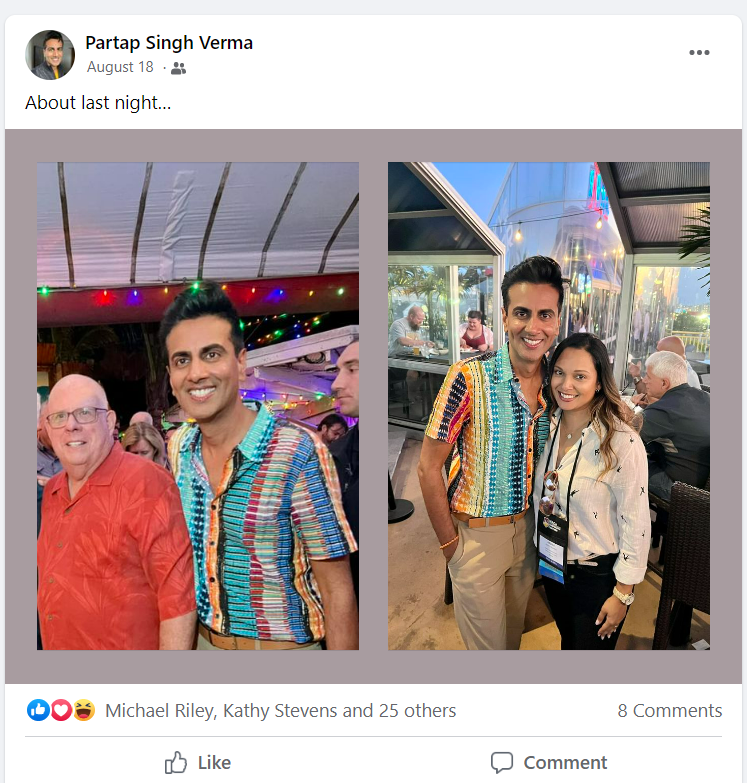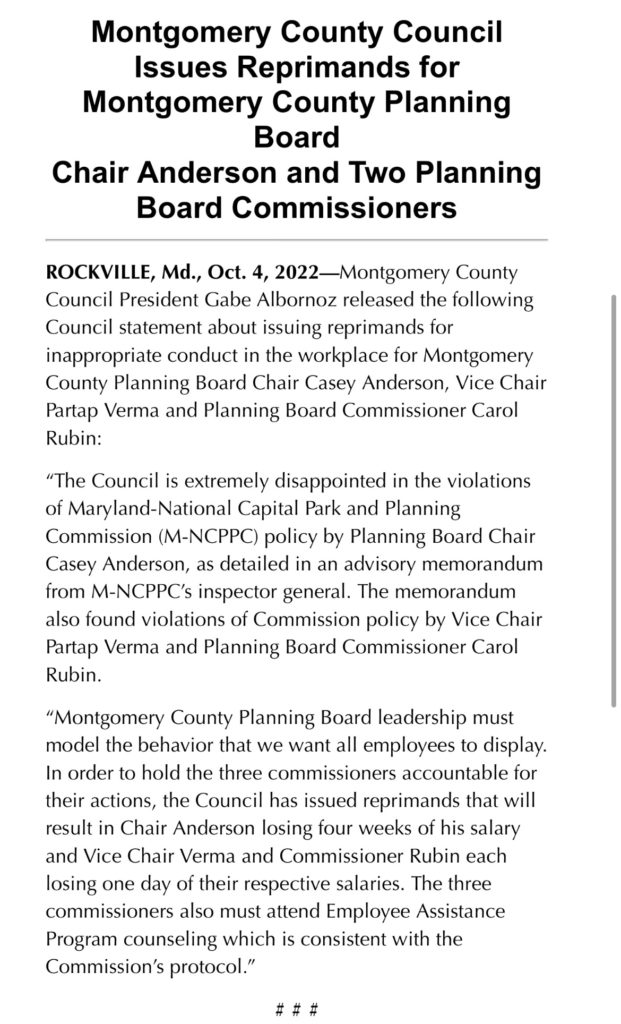On March 7, I wrote a post pointing out that Montgomery County has roughly 36,500 approved but unbuilt residential units, which attracted some interesting responses.
WAMU’s Ally Schweitzer tweeted “Residential development pipelines are best understood as a glimpse into the hopes and dreams of developers. They reflect housing applications that have been approved. Much of this housing will never get built, for all kinds of reasons.” She further added: “It’s also important to understand that regional housing targets set by [the Metropolitan Washington Council of Governments] emphasize *where* new housing should be built. The targets stress affordably priced homes near jobs and transit.”
Planning Board Chair Casey Anderson liked both tweets, so presumably they reflect his point of view well.
More broadly, thoughtful critics like these argue that (1) these units may not get built, (2) they may not be where housing should be built, and (3) they’re not enough new housing.
I’m surprised that people argue that approved projects may not be where housing should be built. Planning Board Chair Casey Anderson liked both tweets, but virtually all these new projects were approved by the Planning Board under his leadership. The Thrive document he authored isn’t terribly constraining on where building should occur. If it’s denser, Anderson seems to like it.
As Schweitzer indicates, projects may not get built for a variety of reasons. At the same time developers will move ahead of there is demand and they perceive a profit. They’ll slow down when there’s a glut or demand isn’t growing fast enough. If these projects don’t get built, there is little reason to expect that either approving tons more projects or changing zoning will magically cause builders to see a gap in the market where one didn’t previously exist.
Some took my statement that we have many unbuilt units as an argument that additional projects should not be approved. That’s not what I meant. My point was merely that there is already quite a bit of housing in the pipeline notwithstanding claims to the contrary even without the heavy upzoning proposed in Thrive.
We have quite a bit more existing capacity for residential development beyond what is already approved. According to the Residential Development Capacity Analysis from January 2021, Montgomery has “capacity for 65,000 housing units on 3,733 parcels” and “most of the capacity is concentrated near transit.” It further explains “The greatest volume of capacity is on sites zoned for high density housing in the Commercial Residential (CR) family of zones.” So existing capacity exceeds even highly ambitious new residential construction targets for the next decade and is overwhelmingly located in high density areas near transit.
Even these numbers don’t consider that each Master Plan review under our existing general plan has inevitably resulted in substantial increases in residential capacity. Though much of the existing capacity remains unused, the current Silver Spring Master Plan review is projected to add much new capacity.
The barrier to new housing construction is not the lack of approved projects, or capacity to approve more projects, but market demand to build them. And if the market demand arrives and more construction occurs, prices are unlikely to decline unless there is a recession leading to a glut—as occurred in the building spate prior to 2007 economic crisis.
Other critiques of my post were doxing or attacking me based on some perceived flaw, such as where I live or the color of my skin. I can’t take these complaints seriously, as they confuse personal attacks with making an argument. One person asserted that I want to keep new development away from my home, which seems odd since I praised a major high-density development planned adjoining my neighborhood as part of post on the good points in Thrive.
Despite the critics, thoughtful and otherwise, I was heartened not to see people arguing against my point that we should protect existing naturally occurring affordable housing. I also didn’t see a hue and cry in favor of bribing developers to build new housing with either tax abatements or other subsidies. No one seemed to suggest, as does Thrive, that housing produces jobs, rather than the reverse. I hope the Council takes these points on board as they review Thrive.

